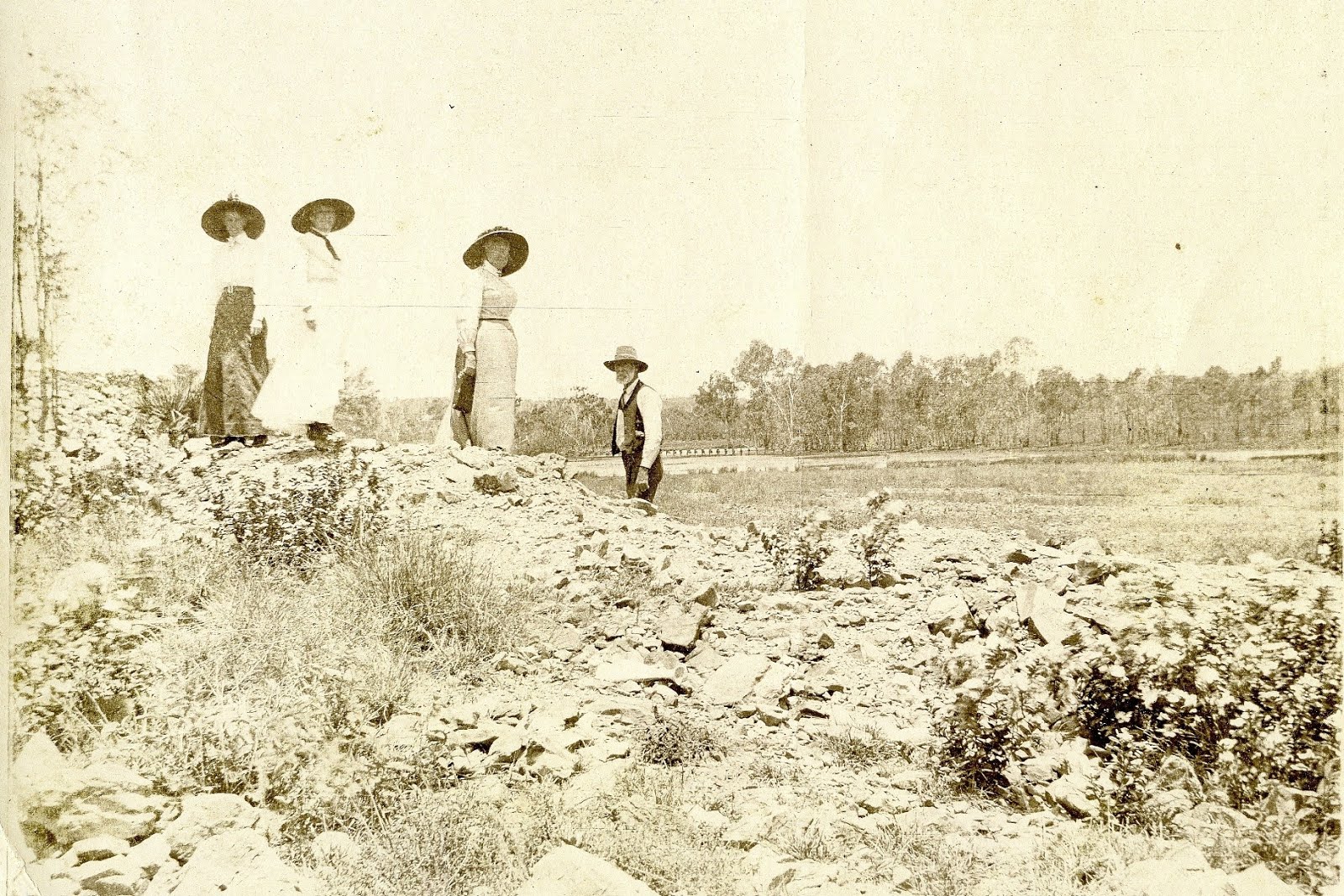 |
| GEORGINA, CONSTANCE, MY GRANDMOTHER. |
When I thought about writing this blog I knew it was
going to be distressing. The death of children is heart rending for everyone.
But just imagine what it was like in the Australian outback one hundred years
ago when a child got injured or took ill.
No doctor for a hundred miles; a trip that involved a
ride in a buggy over a barely formed road. If you could get to a doctor in time
he couldn’t have done anything for infectious diseases that were still around
like diphtheria.
Certainly he could
give pain relief (usually opium), set broken bones or do a basic operation. At
the turn of the century, one third of the deaths in the vast region of North
Queensland (where the family had settled), were children under ten. Most deaths were from dysentery, scarlet fever
and diphtheria.
John Clark as you can remember had already lost his first
wife and their baby girl. Enough was enough you’d think. Unfortunately, tragedy
would strike again and it struck twice. Esther and John Clark had had four
girls over the years, Jane Florence (my grandmother), Minnie Maud, Georgina and
Constance Isabel.
In 1889 Georgina aged five died from a ruptured appendix
and in 1892, Constance died from diphtheria. They both died at the Lornesleigh homestead
and were buried near the stockyards. Their headstones are still there despite
flood waters having passed over them several times. To see your children die is
suffering beyond belief and then having to bury them on top of that. How do you
keep functioning? I guess, in those days you had to keep going or you gave up
and died. For Esther and John, they kept going.
I remember as a kid at Lornesleigh looking at the ornate
headstones of the two girls side by side, the graves covered in old seashells.
I thought about the two girls and wondered how life would have turned out for
them if they had lived. I still think about them occasionally. Probably always
will.
 |
| GRAVES OF THE TWO GIRLS. |


